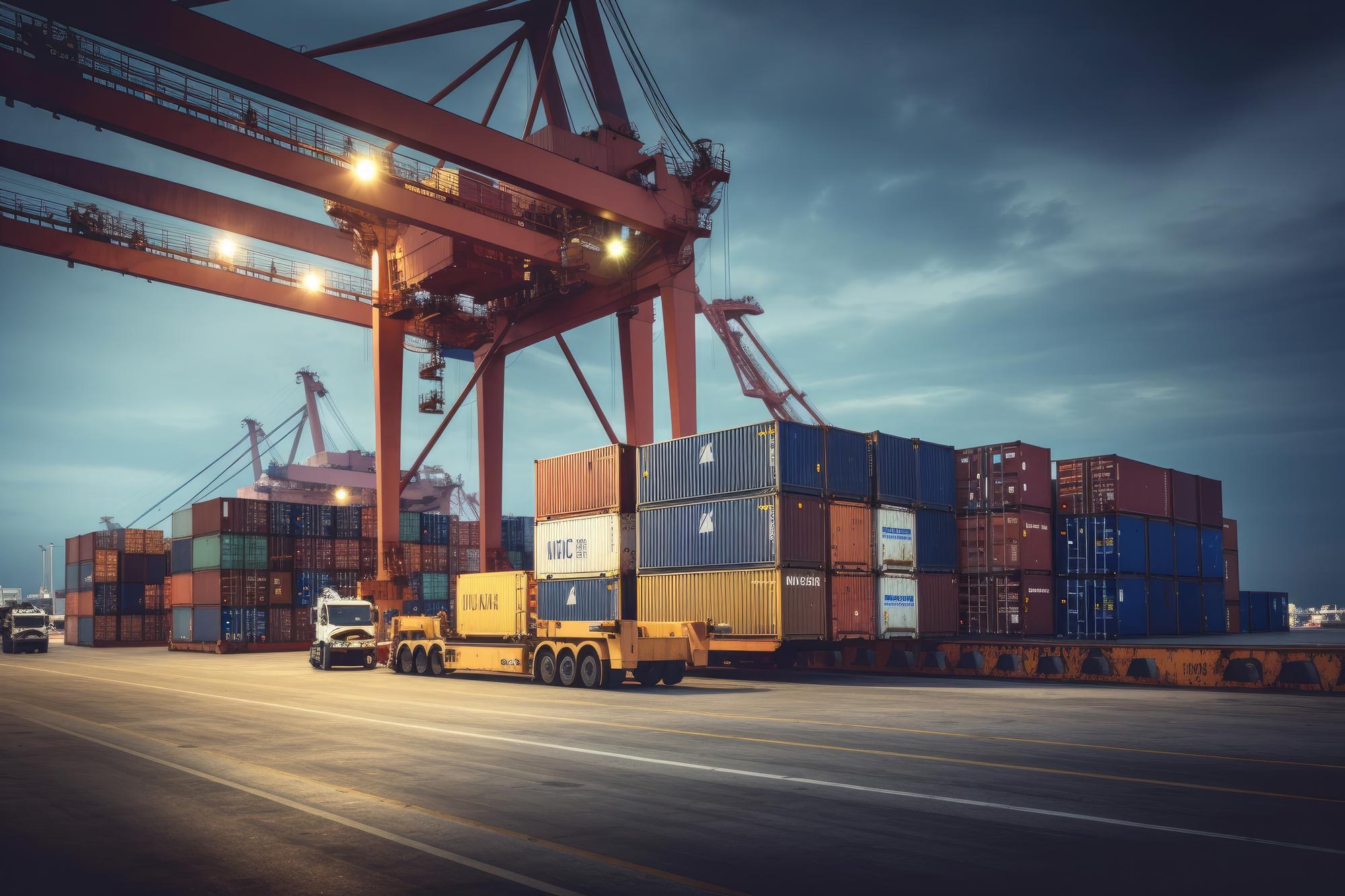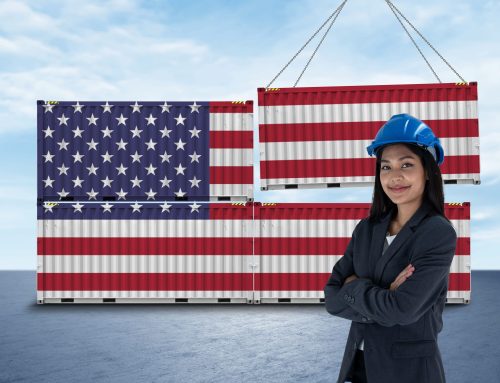Donald J. Trump’s administration is revisiting trade policy, focusing on reshaping global trade to boost domestic production and protect American industries. New tariff measures are affecting businesses, importers, and everyday consumers nationwide.
A Shift in Trade Policy
Trump’s tariff plan marks a clear return to protectionist policies. Key points include:
Universal Baseline Tariff
A new flat 10% tariff applies to all imported goods, replacing previous tariff structures unless otherwise specified.
Higher China Tariffs
Additional tariffs on Chinese imports have been maintained, with some products facing rates above 60%.
Targeted Industry Protections
Industries such as steel, aluminum, and automotive manufacturing receive special considerations to encourage domestic production.
Economic Nationalism
The overarching goal is to reduce reliance on foreign goods by incentivizing domestic manufacturing through tax benefits and protective tariffs.
This guide on U.S. import tariffs and duties provides a deeper understanding of how tariff structures work.
Impact on Importers and Businesses
For companies that rely heavily on imports, these changes come with both challenges and opportunities:
Increased Costs
Importers may face higher raw materials, components, and finished goods prices.
Supply Chain Adjustments
Many businesses are exploring import diversification strategies to reduce reliance on high-tariff regions.
Profit Margin Pressures
Companies must decide whether to absorb the extra costs or pass them on to consumers.
Opportunities for Local Industry
With more substantial domestic manufacturing, businesses may find new opportunities closer to home.
What It Means for Consumers
Consumers will feel the effects of these policies in several ways:
- The cost of electronics, clothing, and household goods may increase due to higher import costs.
- Some imported products become less available if companies shift focus to domestic suppliers.
- Strengthening local industries could lead to more jobs and long-term economic benefits.
Weighing the Benefits and Risks
The new tariff measures bring potential upsides, but they also come with notable risks:
Benefits
- Encouraging local manufacturing could lead to more domestic employment.
- Reducing foreign competition may give American companies a stronger market position.
- Tariffs generate additional funds for the U.S. Treasury.
Risks
- Trade partners may respond with tariffs on U.S. exports, leading to a cycle of protectionism.
- Higher import costs can drive up prices across the board, affecting consumers.
- Rapid policy changes make it harder for companies to plan for the future, requiring agile supply chain management.
Read this in-depth analysis for more details on how shifting U.S. trade policies impact customs brokers and importers.
Strategies for a Resilient Future
Given these benefits and risks, businesses must adopt proactive measures to thrive under new trade policies. Here are some strategic steps to consider:
Diversify Your Supply Chain
Look beyond traditional suppliers. Exploring new regions or local sources can reduce dependency on markets affected by tariffs.
Invest in Technology
Implementing advanced logistics and supply chain management tools can help businesses quickly adapt to changing costs and conditions.
Understand Import Regulation
Ensure compliance with Partner Government Agencies (PGAs) and other import requirements to avoid delays and penalties.
Review Contract Terms
Work closely with suppliers to include flexible terms that can accommodate sudden changes in tariff structures.
Build Strategic Partnerships
Collaborate with experts such as customs brokers and trade consultants. Their insights can help mitigate risks and identify opportunities.
Stay Updated on Policy Changes
The trading environment is evolving. Regularly review updates from government agencies and trade organizations to remain informed.
Plan for Contingencies
Develop risk management strategies that include scenarios for tariff increases, supply delays, or sudden shifts in demand.
By taking these steps, companies can cushion the impact of new tariffs and position themselves to benefit from a more competitive domestic market.
Conclusion
Trump’s new tariff measures signal a significant shift in U.S. trade policy. While aimed at protecting domestic industries and boosting the economy, they bring both opportunities and challenges for businesses, importers, and consumers. Companies that reassess their supply chains and cost structures will best position themselves to thrive in this evolving landscape.
Businesses can navigate the complexities of today’s trade environment by understanding the implications and preparing for potential disruptions. Clear communication and strategic planning will be key to turning these challenges into opportunities for growth.
Ready to Turn Tariff Challenges into Opportunities?
Don’t let rising import costs and shifting supply chains catch you off guard. At Clearit USA, our team of experienced customs brokers is here to guide you through every twist and turn of today’s evolving trade landscape. Whether you’re looking for proactive strategies or immediate support, we’re just one click away. Contact us now for a free consultation and secure the competitive edge your business deserves. Let’s navigate these changes together!





